When Christopher Columbus arrived in the New World, he mistakenly believed he had reached the Indies and, therefore, called the natives of the area Indians.
Native American life was much different than the Indian culture in Asia. They had different governments, cultures, religious beliefs, cuisines, and economies.
Jump to:
Throughout the next 300 years, many Native American cultures would be lost during European expansion. Great empires and Indian nations would fall, and how they lived would not be remembered.
However, there is much to learn about Native American life, and in some cases, they influenced American culture.
Native American Food
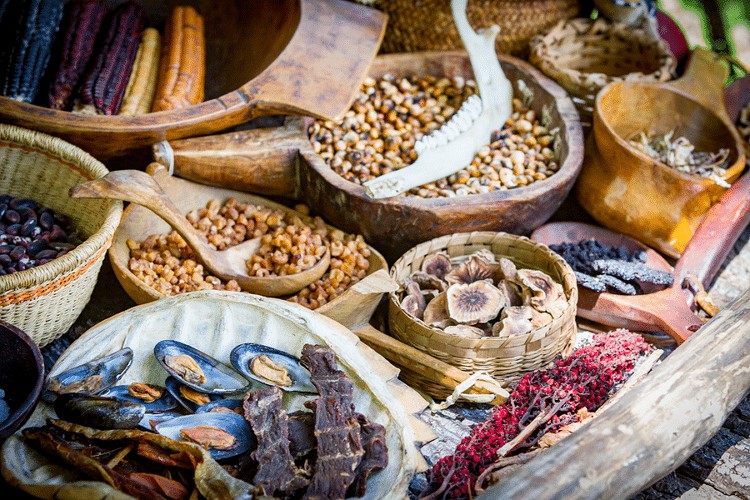
Native American food varied from tribe to tribe, and what was available to them determined their diet.
Native Americans did not have the choices that we have today. Americans can go to the supermarket and choose whatever it is they would like to eat. They had to eat what was available to them.
Native American Tribes in the west and on the Plains moved with the Buffalo.
Many tribes in the southwest lived off of corn, beans, and squash.
Tribes in Alaska ate fish and deer
Many Northeast Indian tribes also lived off of the wild game, maize, and fish.
Native American Family Life
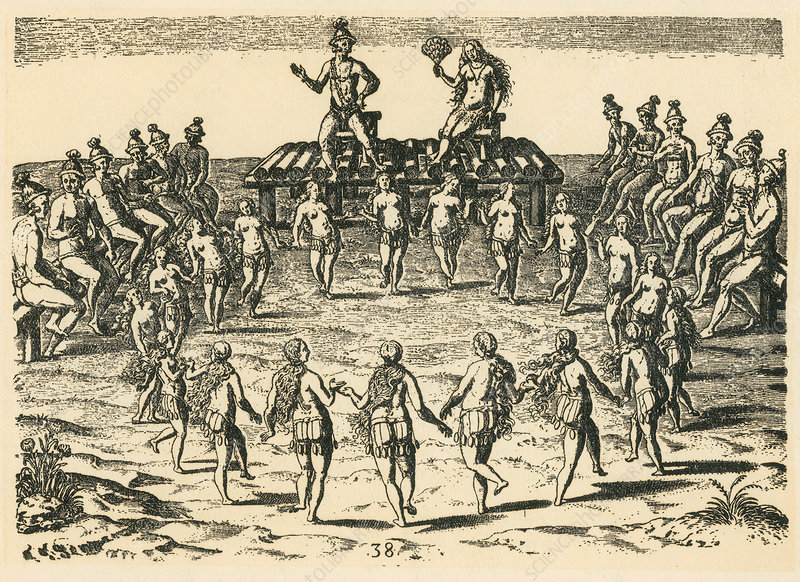
Native American marriages were different from European marriages.
Females married young, often 13 - 15 years of age, and males married from 15 - 20 years of age.
Some tribes allowed men to have more than one wife, while some encouraged monogamy.
In some tribes, the parents chose who their children would marry.
When a husband would die, the wife would often live with a close relative of his, which was usually a brother.
Like the Europeans, Native Americans experienced high death rates among children during childbirth and while they were young. Due to this reality, many families did not become too large.
Native American Clothing
Native Americans appreciated the earth and all that lived on it. They were not wasteful and never hunted animals for sport.
Their clothing was often made from animal skins, bird feathers, or something else from the land.
In tropical climates, it was not uncommon for natives to not wear any clothing at all. If they did wear clothes, they were often light and simple.
Native American Dwellings
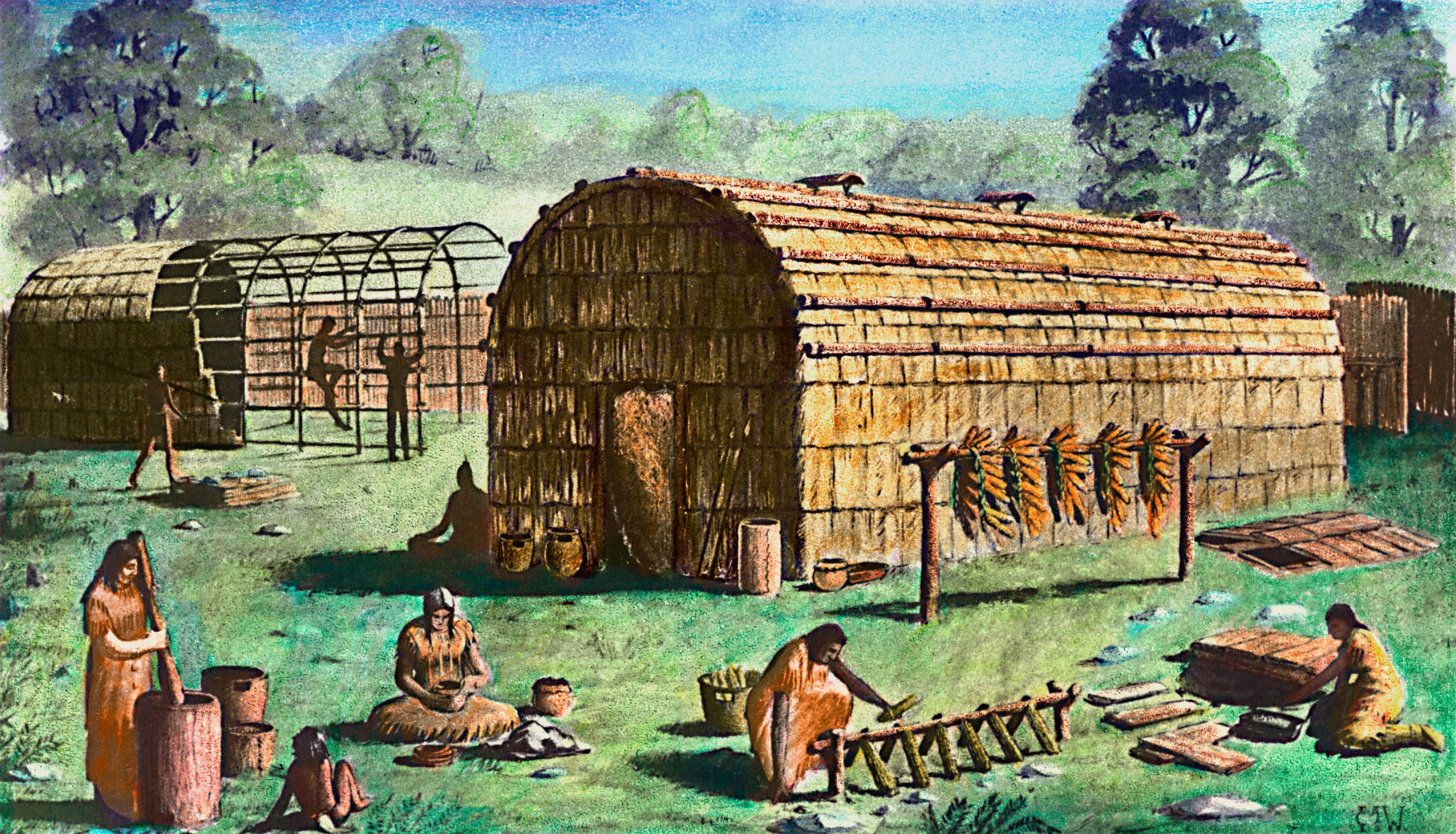
Native Americans had many different types of homes, and it differed depending on the location.
It is common to think that all Indians lived in tepees, but that was not the case.
They lived in longhouses, hogans, wigwams, igloos, and tepees, to name just a few.
Some of these homes were permanent, and some were mobile and could be built and torn down quickly.
Native American Government
The government of Native Americans varied from tribe to tribe.
Some governments were matriarchal, and others patriarchal. However, most tribes had a leader they called a chief.
Tribes were tied together by common ancestry, religious beliefs, and language. There were hundreds of these tribes throughout North America, with only a few achieving much power.
Native American Warfare
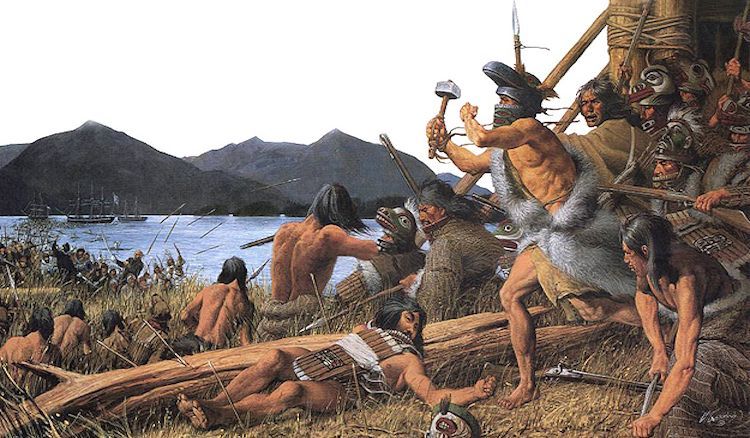
War was common among tribes even before Europeans arrived.
One of the great frustrations of Tecumseh during the War of 1812 was the inability of the Native Americans to unite under a common government. They could never unite against a common enemy due to them fighting wars against each other.
The weapons Natives used were primarily the bow and arrow, spears, tomahawks, and poisonous darts. After the arrival of Europeans, many tribes began trading for European weapons, and by the time of the American Revolution, many Natives were using guns and horses.
Native American Dogs
Domesticated dogs were a significant part of Native American life. Dogs would help in transportation, work, hunting, and companionship.
Some tribes, such as the Lakota tribe, ate dogs, but usually, this was taboo and only done to avoid starvation.
Most of the Native American breeds that were alive during the 16th century are now extinct, with only a few surviving, such as the Alaskan Malamute.
The dogs of Native Americans were often described to look and sound like wolves.
Native American Music
Native American music plays a vital role in history and education, with ceremonies and stories orally passing on ancestral customs to new generations.
Native American ceremonial music is traditionally said to originate from deities or spirits or from particularly respected individuals.
Rituals are shaped by every aspect of the song, dance, and costuming, and each aspect informs about the "makers, wearers, and symbols important to the nation, tribe, village, clan, family, or individual."
The created this music with many different instruments. To name a few would be drums, flutes, and rattles.
Native American Transportation
Obviously, one of the primary means of transportation that we know about is the canoe.
The Canoe was made from birch bark and was used across the entire continent. They were an important means of transportation across various waterways, rivers, and lakes. They were also easy to move.
Christopher Columbus brought the first horses to the New World. Eventually, horses would be the primary mode of transportation on land, and the Native Americans would become masters of these animals.
Native American Sports and Games
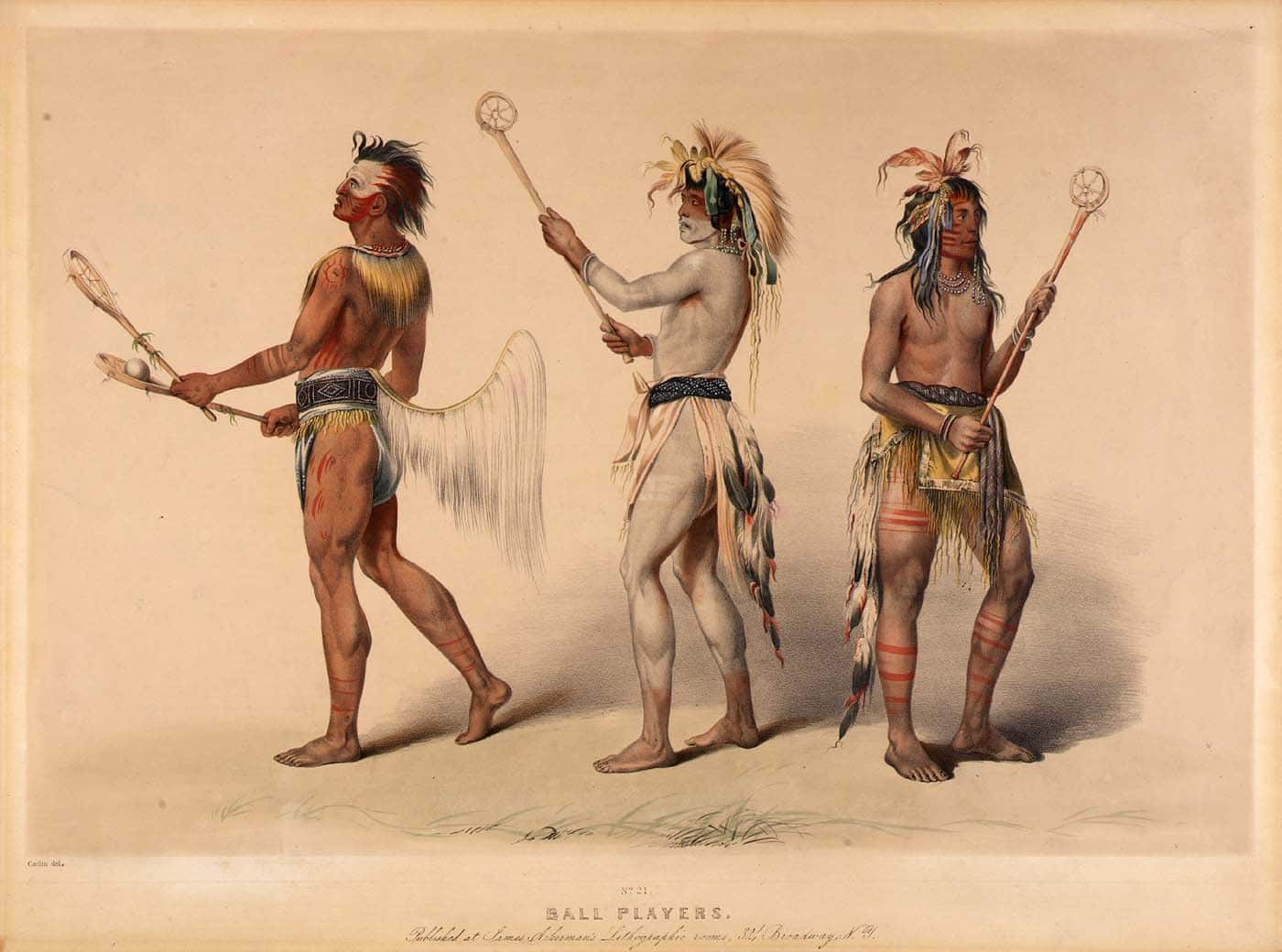
Sports and the athletes that played them were popular in every Native American tribe. The best athletes were often given a place of honor within the tribe.
While there were many different games that Native Americans played, these are the four most popular:
- Lacrosse: This is the best-known Native American game and is still played competitively today. It was played with a wooden ball and a curved racket. The players would pass the ball back and forth and try to hit the wooden pole on the opponent's side.
- Shinny: It was played with a ball or bag, often made of buckskin, which was hit with sticks curved at one end. The ball and sticks might be decorated with paint or beads. The length of the field varied from two hundred yards to a mile or more. The object of the game was to hit the ball through the opponent’s goal. The ball could be kicked or hit with the stick but not touched with the hands.
- Snow-Snake: In regions of the West cold enough to have snow and ice in the winter, snow-snake was played. Its rules varied even more than those of lacrosse or shinny, but in general, the game involved sliding darts or poles along with snow or ice as far as possible. The projectile could be only a few inches long or might be a javelin up to ten feet long.
- Hoop and Pole: In general, a hoop was rolled along the ground while men tried to knock it over with spears or arrows. The hoop was usually relatively small, from three inches to a foot in diameter. The hoop might be open, but often, the players stretched cords or a net across it. The hoop itself was often of wood but might be made of corn husks, stone, or iron. It was sometimes decorated with paint or beads. The score was determined by the way the hoop fell when hit by the pole.
Native American Religion
Religion varied from tribe to tribe, but most believed in many different gods that manifested themselves as spirits.
The spirits were often depended on to find food, care for their sick, or during times of war.
While their beliefs were not as complex as Greek mythology, they did believe that some spirits were more powerful than others.
In the 17th century, some tribes became influenced by Christian missionaries and converted to Christianity.
